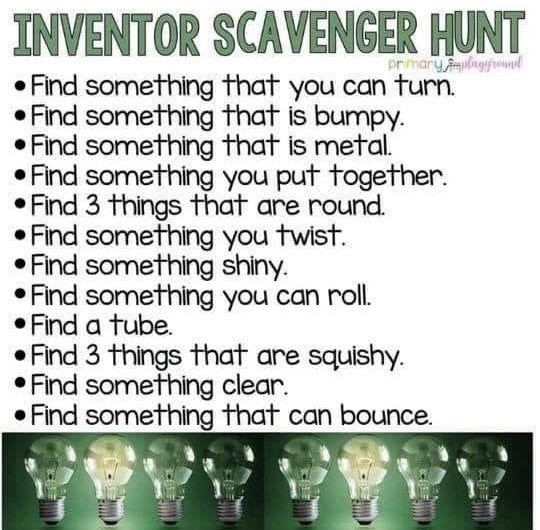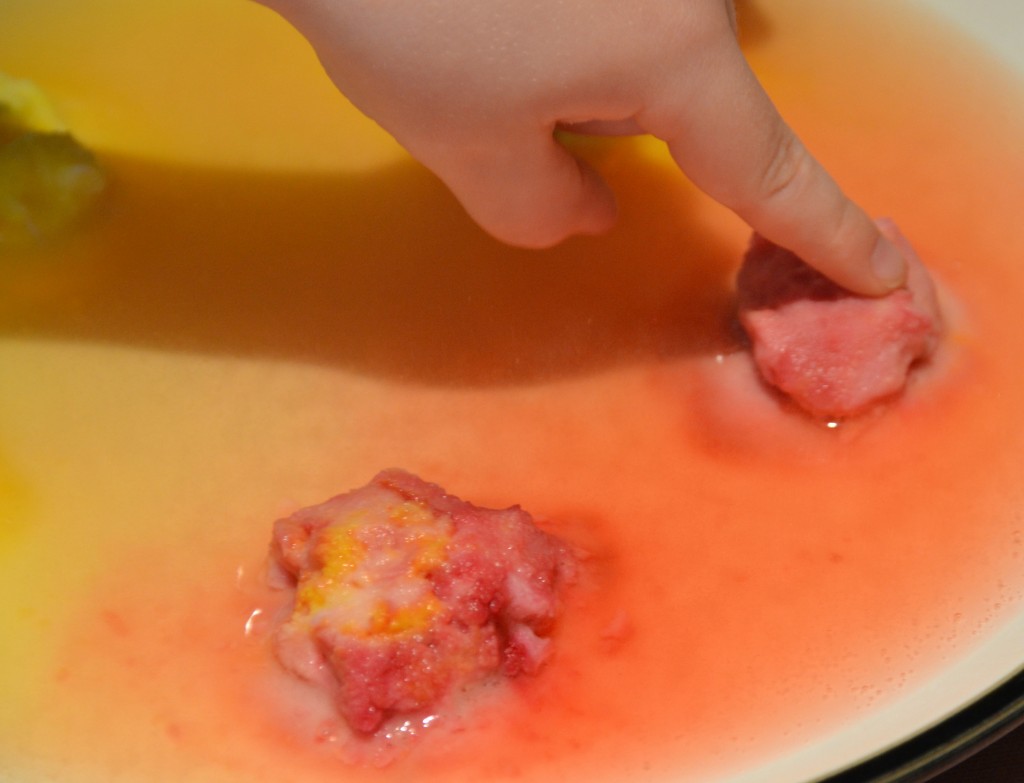Get your kids learning maths, science, phonics, art and more with this collection of ideas from TTS’s Home Learning Collection, which are all based on the Incy Wincy Spider nursery rhyme.
Get your kids learning maths, science, phonics, art and more with this collection of ideas from TTS’s Home Learning Collection, which are all based on the Incy Wincy Spider nursery rhyme.
This upgraded version of Pin the Tail on the Donkey is guaranteed to lead to lots of giggles! Start with a piece of paper or cardboard and draw a big oval on it. This is the outline for your funny face. Tape it up on a wall at your child’s height.
Then, on a separate piece of paper, draw some eyes, ears, a nose and a mouth and cut them all out. Alternatively, print out a couple of copies of this colouring page, get your child to colour them in (this is a great opportunity to talk to them about their 5 senses!), and then cut out the shapes.
Add some blu tac, or low-stick tape to the back of each of your face parts. Then, blindfold your child (a scarf works), and have them try to put all the face parts in the correct spots on your face outline. Enjoy the silliness of their wonky face masterpieces!
For younger children, you may wish to play this game without the blindfold. This would be a great activity to think and talk about the placement of facial features and a building block towards purposeful mark making.
Feel free to get creative with different faces, depending on your artistic abilities or skill with a google image search. This game would work with silly monster faces (multiple eyes, horns, etc.), princess faces (include a tiara to place on her head), pirate faces (eyepatch and bandana), alien faces, etc. Use your imagination and your child’s particular interests to come up with your own ideas!

Photo courtesy of Five Minute Mum
This is a great scavenger hunt from Primary Playground. Use it help your child explore all their different senses and practice descriptive words.
Help your frustrated child calm down with this series of yoga poses specifically designed for reducing anger. Visit Kids Yoga Stories for 5 different safari animals that your child can pretend to be, while letting go of their frustration.
While your child is practicing, head over to National Geographic Kids for some fun facts about elephants, hippos, and lions.
Have your kids ever asked ‘How big is space?’ Find out together as your explore the universe with this visually-stunning, interactive tool called The Size of Space from neal.fun.
Depending on what sort of garden area you have at home, this might be a fun scavenger hunt to get the kids out in the fresh air for a while. It comes curtesy of Primary Playground.
Dive from the ocean surface, all the way to the furthest depths and discover all the creatures that live there with this brilliant interactive tool from neal.fun, called The Deep Sea. Fans of The Octonauts from CBeebies will enjoy recognising familiar terms such as ‘The Midnight Zone,’ ‘cookiecutter sharks,’ and ‘colossal squid.’ There are lots of photos of different marine animals and interesting facts sprinkled throughout your dive, but you will need to help your child by reading the information out to them.
In this episode of ‘Get Well Soon’ from CBeebies, Dr. Ranj explains to Jobi the puppet what coronavirus is and why we all need to stay at home. Then they sing a fun song about washing your hands. Watch it here on BBC iPlayer.
This scavenger hunt is a great way to get your kids up and moving, practicing their reasoning skills and using descriptive words. It comes curtesy of Primary Playground and would work well with both your preschool children and any school-aged siblings.

Watch colourful ‘rocks’ bubble and fizz as they start to dissolve in this fun science experiment. What surprises are hidden inside?
You will need at least a handful of bicarbonate of soda, a bit of water, vinegar, some food colouring, and any small toys that you may wish to hide inside the rocks.
1. Slowly mix drops of water into the bicarbonate of soda until you have a thick paste.
2. Divide your mixture up into different ‘rocks’ if you wish to make more than one, and add a few drops of food colouring to each. Mix this in.
3. If you are going to hide small toys inside each rock, form the rock around the toy. If not, then just squish the mixture into a rock-shaped lump.
4. Leave the rocks to dry for a few hours until they have hardened.
5. Now it’s time to get out the vinegar. Have your kids slowly drip vinegar onto the rocks. Pipettes, an eye dropper, or a squeezy water bottle can all help with this job. Watch how they bubble and fizz when the vinegar comes into contact with the bicarb. As the rock dissolves, it will reveal the surprise that you hid in the centre.
Why are the rocks fizzing? Vinegar is an acid and bicarbonate of soda is an alkali (a base that dissolves in water). When put together, they react to neutralise each other. This chemical reaction releases carbon dioxide, a gas, which is the bubbles that you see.

Photo courtesy of ScienceSparks.com